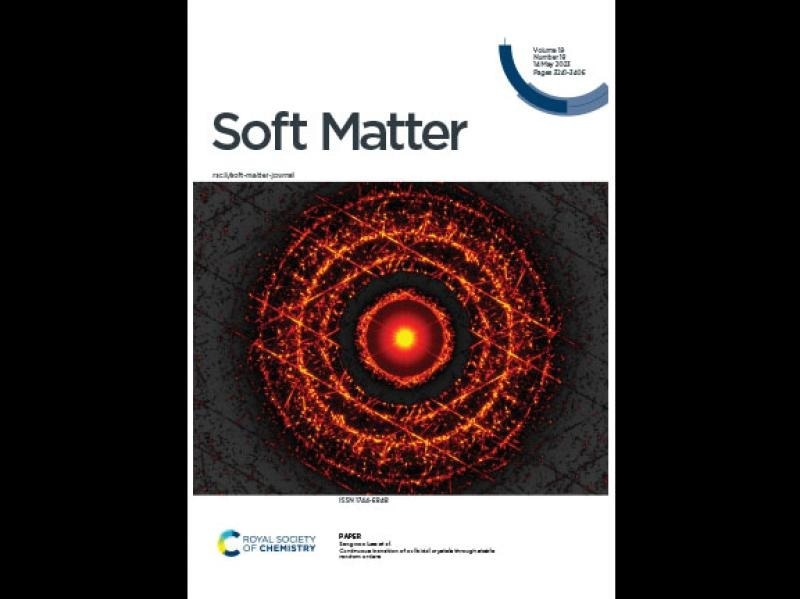Most people associate crystals with semi-transparent stones with therapeutic properties or suncatchers that operate as rainbow prisms. But for scientists and engineers, a crystal is a type of material in which the atoms, molecules, or nanoparticles that make it up are predictably organized in space.

Image Credit: Rensselaer Polytechnic Institute
In other words, the regular arrangement of their elements is what distinguishes crystals. Diamonds, table salt, and sugar cubes are typical examples.
Sangwoo Lee, Associate Professor in the Department of Chemical and Biological Engineering at Rensselaer Polytechnic Institute, and his team have found that crystal structures are not always ordered regularly.
The finding enhances materials research and has unanticipated consequences for the materials used in technology, such as semiconductors, solar panels, and electric vehicles.
The close-packed formations of regular spheres created by stacking layers of spheres in a honeycomb pattern are one of the most prevalent and significant types of crystal structures. The layers can be stacked in a variety of ways to create close-packed structures, and how nature chooses a particular stacking is a crucial issue in materials and physics research.
The random stacking of two-dimensional hexagonal layers (RHCP), a relatively unique structure with randomly spaced elements, is included in the close-packing construction. When this structure was initially seen in cobalt metal in 1942, it was believed to be in a transitional and undesirable energy state.
Lee’s study team discovered that the scattering data from soft model nanoparticles built of polymers offers significant information regarding RHCP but is very difficult to interpret.
Then, utilizing the supercomputer system Artificial Intelligence Multiprocessing Optimized System (AiMOS) at the Center for Computational Innovations, Patrick Underhill, Professor at Rensselaer’s Department of Chemical and Biological Engineering, facilitated the analysis of the scattering data.
What we found is that the RHCP structure is, very likely, a stable structure, and this is the reason that RHCP has been widely observed in many materials and naturally occurring crystal systems. This finding challenges the classical definition of crystals.
Sangwoo Lee, Associate Professor, Department of Chemical and Biological Engineering, Rensselaer Polytechnic Institute
The work sheds light on the polytypism phenomenon, which promotes the construction of RHCP and other compact structures. Silicon carbide, which is frequently used as strong material for body armor and high-voltage electronics in electric vehicles, is an example of a material having polytypism.
According to research done by Lee’s team, these polytypic materials may undergo continual structural changes, including non-classical random configurations that have novel advantageous features.
The problem of how soft particles pack seems straightforward, but even the most basic questions are challenging to answer. This paper provides compelling evidence for a continuous transition between face-centered cubic (FCC) and hexagonal close-packed (HCP) lattices, which implies a stable random hexagonal close-packed phase between them and, thus, makes an important breakthrough in materials science.
Kevin Dorfman, Professor, Department of Chemical Engineering and Materials Science University of Minnesota
Shekhar Garde, Dean of Rensselaer’s School of Engineering, added, “I am particularly pleased with this discovery, which shows the power of advanced computation to make an important breakthrough in materials science by decoding the molecular level structures in soft materials. Lee and Underhill’s work at Rensselaer also promises to open up opportunities for many technological applications for these new materials.”
Juhong Ahn of Rensselaer, Liwen Chen of the University of Shanghai for Science and Technology, Guillaume Freychet, and Mikhail Zhernenkov of Brookhaven National Laboratory also participated in the research with Lee and Underhill.
Journal Reference:
Ahn, J., et al. (2023) Continuous transition of colloidal crystals through stable random orders. Soft Matter. doi:10.1039/D3SM00199G.